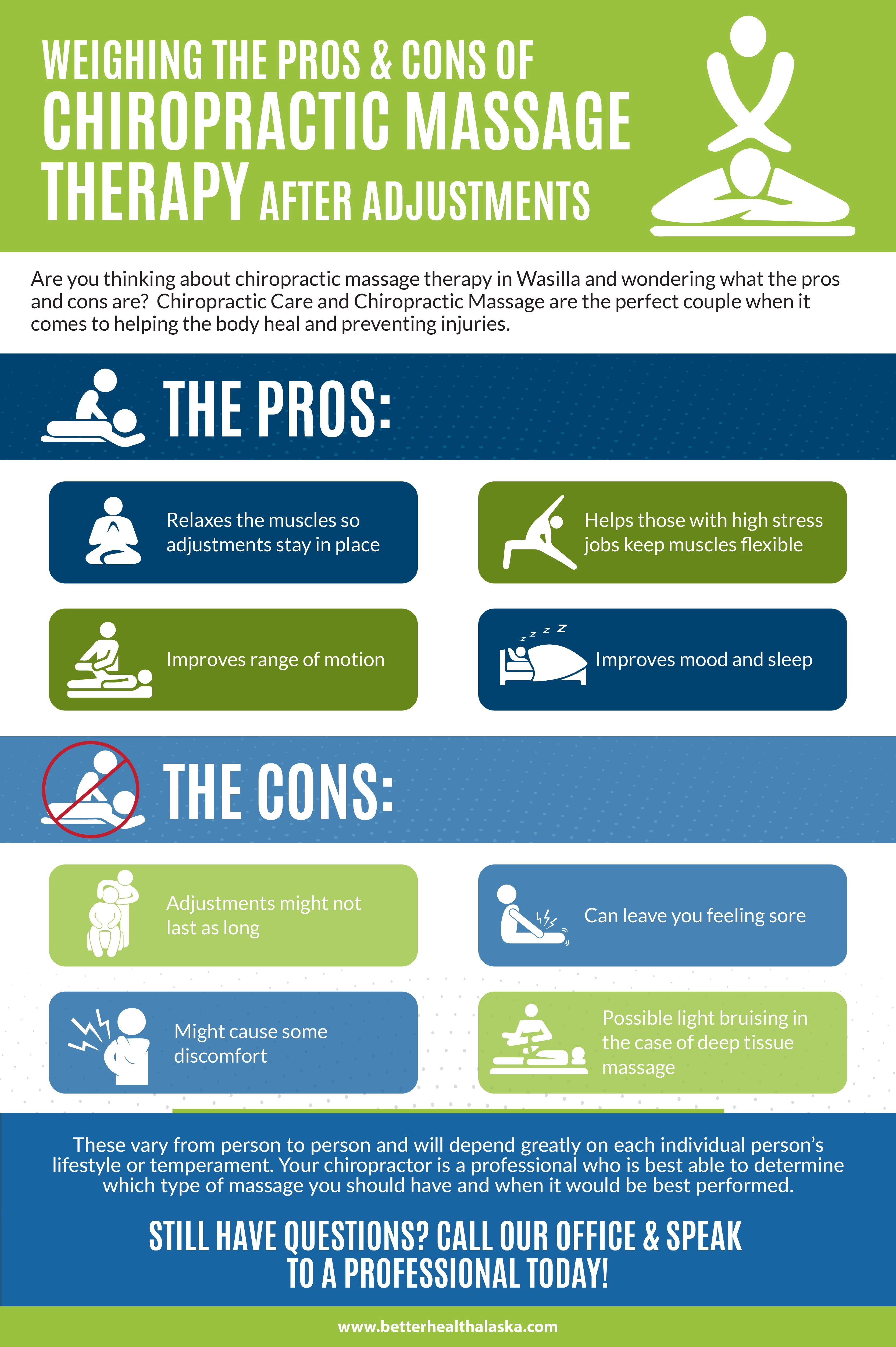What Mechanisms Enable Cold Laser Therapy To Utilize Light For Innovative Recovery, And What Future Innovations Can We Prepare For In Pain Monitoring?
What Mechanisms Enable Cold Laser Therapy To Utilize Light For Innovative Recovery, And What Future Innovations Can We Prepare For In Pain Monitoring?
Blog Article
Author-Kent Marks
When thinking about alternative therapies, cold laser treatment sticks out due to its distinct approach to recovery. By making use of specific wavelengths of light, it targets cellular features and promotes recovery in a non-invasive manner. Read the Full Piece of writing manufacturing however also help in decreasing swelling and pain. As research study continues to unravel, the ramifications for rehabilitation and discomfort management could be substantial. What does this mean for future therapy choices?
The Devices of Cold Laser Therapy
Cold laser therapy, likewise known as low-level laser treatment (LLLT), functions by stimulating mobile function with the application of certain wavelengths of light.
When the laser light penetrates your skin, it interacts with the mitochondria in your cells, increasing ATP manufacturing. This boost in ATP stimulates your cells, advertising healing and regrowth.
The light also influences cell membranes, improving their leaks in the structure and helping with nutrient absorption while eliminating toxins. In addition, cold laser therapy triggers the launch of endorphins and decreases swelling, aiding your body react more effectively to injury.
You'll experience boosted blood flow as the therapy promotes capillary growth, making certain that oxygen and nutrients get to broken tissues much more efficiently.
Recognizing these devices can help you value its potential in advertising healing.
Possible Benefits of Cold Laser Treatment
When taking into consideration alternatives for discomfort relief and healing, you might discover cold laser treatment to be an enticing choice. This non-invasive strategy can help in reducing swelling, ease discomfort, and promote cells fixing.
Many people report quicker recovery times from injuries and surgical treatments after going through cold laser therapy. https://emilianosagou.onzeblog.com/34382413/interested-in-learning-exactly-how-cold-laser-treatment-can-change-your-point-of-view-on-chronic-pain-alleviation-explore-the-information-of-this-innovative-treatment-below 's particularly helpful for conditions like joint inflammation, tendonitis, and muscular tissue strains.
You may likewise appreciate that it has very little side effects compared to pharmaceuticals. Furthermore, cold laser treatment can enhance flow, which assists in providing nutrients and oxygen to damaged areas.
Current Research and Medical Applications
As rate of interest in cold laser therapy grows, scientists are exploring its different applications and efficiency in clinical setups. You'll discover studies exploring its role in pain monitoring, injury recovery, and reducing inflammation.
In physical therapy, specialists use cold laser treatment to improve healing in sports injuries, while dentists are finding it valuable for dealing with dental discomfort and periodontal disorders. Recurring trials are examining its potential in treating problems like joint inflammation and neuropathy.
These research studies intend to develop standardized protocols and dosages, making certain security and efficacy. As even more evidence arises, you could see cold laser therapy ending up being a staple in both recovery and pain administration, offering people a non-invasive choice that complements standard treatments.
Final thought
Finally, cold laser therapy supplies an encouraging approach to healing by utilizing details wavelengths of light to boost mobile functions and advertise recuperation. With advantages like boosted blood flow, decreased inflammation, and discomfort relief, it's coming to be an important option for different problems. As click this link here now continues to develop standard protocols, you can expect better acceptance of this non-invasive treatment in recovery practices and discomfort monitoring methods, making it a prospective game-changer for many individuals.
